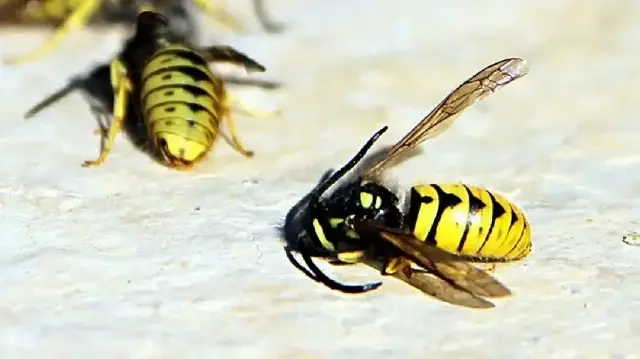Reklam yükleniyor...
Reklam yükleniyor...
Europe's Bee and Butterfly Populations Face Severe Extinction Threat

A new conservation report from the IUCN reveals a dramatic increase in threatened wild bee and butterfly species across Europe. One in ten wild bee species is now at risk, with bumblebee populations being particularly hard hit. The decline of these essential pollinators poses a serious threat to continental ecosystems and food security.
A major new assessment from the International Union for Conservation of Nature (IUCN) has issued a stark warning about the future of Europe's wild bees and butterflies, indicating a severe and worsening extinction crisis. The updated European Red List shows a sharp increase in the number of species facing extinction, raising alarms about the health of the continent's ecosystems and agricultural productivity.
Reklam yükleniyor...
Reklam yükleniyor...
Reklam yükleniyor...
Reklam yükleniyor...
Reklam yükleniyor...
Reklam yükleniyor...
The data for wild bees is particularly concerning. The number of threatened wild bee species in Europe has more than doubled since 2014, with nearly 100 species added to the list. This brings the total to 172 species at risk out of 1,928 assessed, meaning that one in ten of Europe's wild bees is now threatened with extinction. Key groups like bumblebees and cellophane bees, which are vital for pollinating crops such as legumes and various wildflowers, are experiencing declines exceeding 20%.
Reklam yükleniyor...
Reklam yükleniyor...
Reklam yükleniyor...
Reklam yükleniyor...
The crisis extends significantly to Europe's butterfly populations. The assessment found that 65 out of 442 butterfly species are now threatened with extinction, a substantial jump from 37 species in 2010. For butterfly species that are unique to Europe, the situation is even more critical, with over 40% now classified as either threatened or near threatened. This widespread decline among Lepidoptera signals deep-seated environmental problems.
Reklam yükleniyor...
Reklam yükleniyor...
Reklam yükleniyor...
Reklam yükleniyor...
Conservationists describe the findings as painting a "dire" picture for Europe's pollinators. The rapid disappearance of these insects jeopardizes the stability of natural ecosystems and poses a direct risk to food production, as many crops rely on animal pollination. The report serves as an urgent call for comprehensive action to address the causes of the decline, which include habitat loss, pesticide use, and climate change, to prevent a collapse of pollination services.
Reklam yükleniyor...
Reklam yükleniyor...







Comments you share on our site are a valuable resource for other users. Please be respectful of different opinions and other users. Avoid using rude, aggressive, derogatory, or discriminatory language.